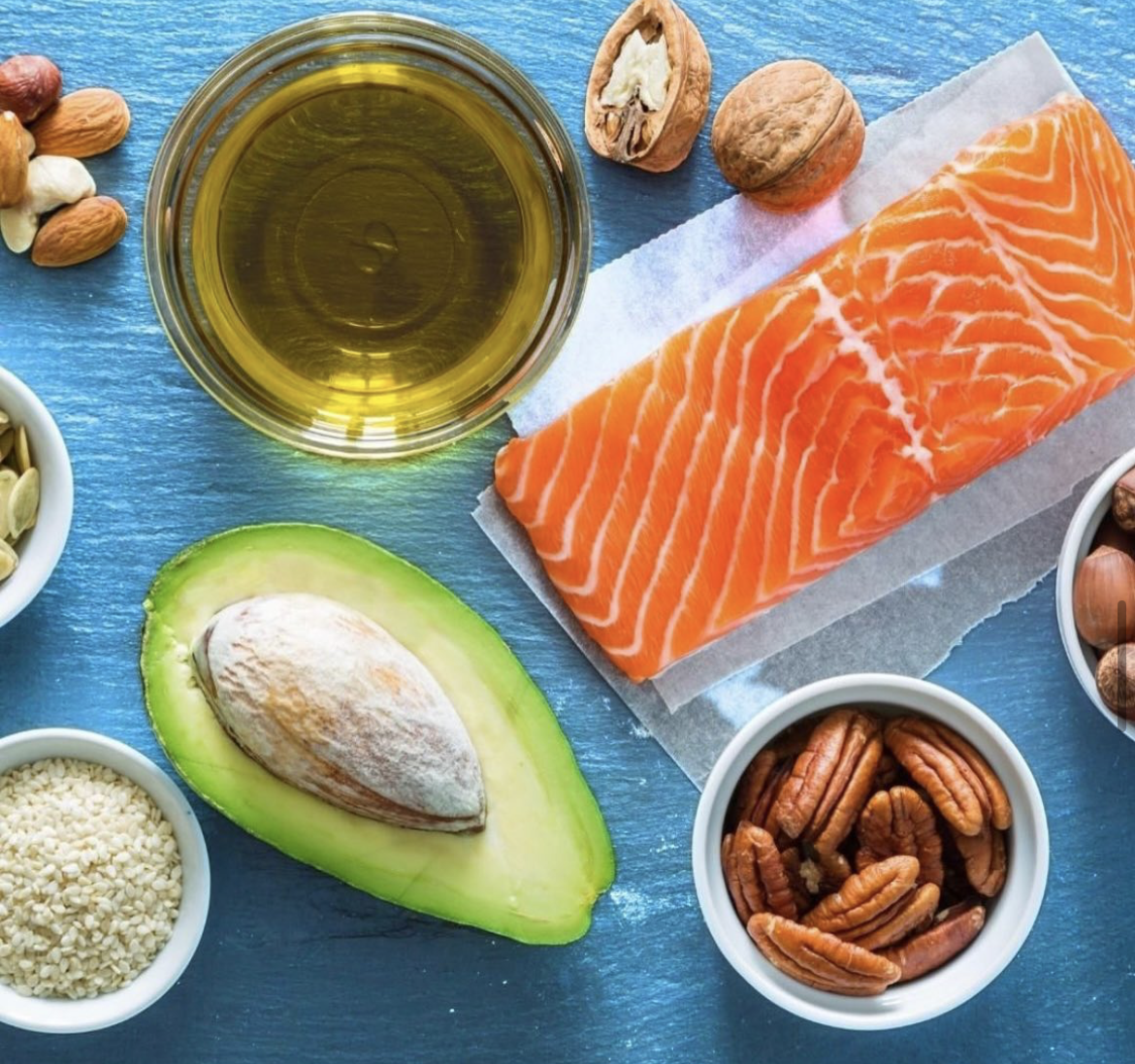The connection between what we eat and how we feel, particularly in relation to pain and inflammation, has been increasingly recognized in the scientific community. Nutrition plays a pivotal role in pain management, offering a complementary approach to traditional medical treatments. This blog post delves into how diet can influence pain and inflammation, highlighting foods to embrace for their pain-reducing benefits and those to avoid due to their potential to exacerbate discomfort.
Inflammation is a natural response of the body’s immune system to injury or infection. However, chronic inflammation can lead to or exacerbate pain, particularly in conditions like arthritis, fibromyalgia, and even migraines. Research suggests that certain dietary patterns can influence the body’s inflammatory processes, thereby impacting pain perception.

The Mediterranean diet, rich in fruits, vegetables, whole grains, olive oil, and fish, provides an excellent model for an anti-inflammatory diet that can aid in pain management. Studies have shown that this diet can reduce inflammatory markers and support overall health.
Diet plays a crucial role in managing pain and inflammation. By understanding the foods that can trigger or reduce inflammation, individuals can make informed dietary choices that complement their pain management strategies. It’s essential to consult with a healthcare provider or a dietitian before making significant changes to your diet, especially if you have chronic health conditions.
Atlantic Pain Relief Center in West Palm Beach, and Pompano Beach Florida. We provide Pain Management Services. Our Pain Doctor treats and assist with pain control and sees patients from Fort Pierce, Stuart, Deerfield, West Palm Beach, Delray Beach, Boynton, Lake Worth, Boca Raton, and the Fort Lauderdale & Miami area and many more.
Monday – Friday: 9 AM – 5 PM
Saturday – Closed
Sunday: Closed
© COPYRIGHT 2025 by ATLANTIC PAIN RELIEF CENTER | PRIVACY POLICY SITE MAP